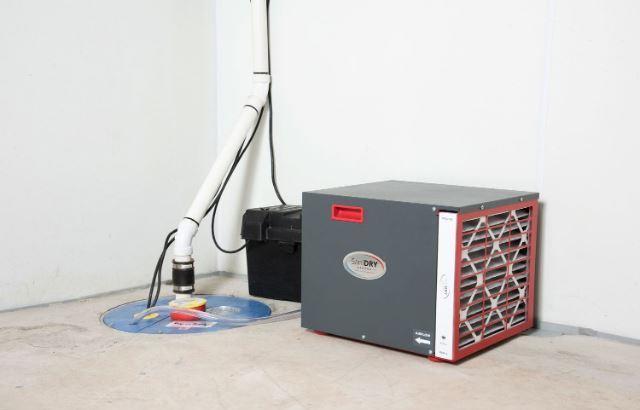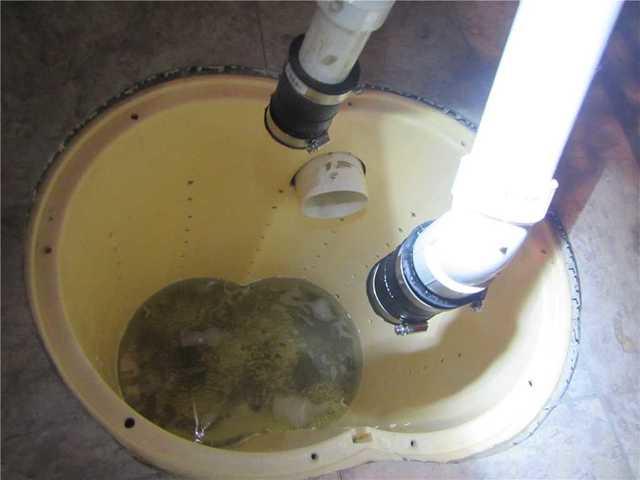Are you on the lookout for information around Steps to Cleaning Your Sump Pump Properly?

Sump pumps are crucial components in numerous homes, particularly in locations susceptible to flooding or extreme wetness. They assist stop water damages by effectively eliminating excess water from basements or crawl spaces. However, like any other appliance, sump pumps require normal upkeep to ensure they function effectively when required one of the most. Cleaning your sump pump is a vital part of its maintenance, and comprehending how to do it properly can save you from pricey repair services and prospective disasters.
Introduction
Keeping a clean sump pump is vital for its correct performance and longevity. Overlooking this essential task can lead to obstructions, malfunctions, and ultimately, water damage to your home. Therefore, learning how to clean a sump pump is essential for homeowners who depend on these tools to maintain their cellars dry and safeguarded.
Recognizing the Sump Pump
Before diving into the cleaning procedure, it's important to have a fundamental understanding of how a sump pump works. Usually installed in a pit or basin below the cellar flooring, a sump pump consists of several key parts, including a pump, a float button, and a discharge pipe. When water builds up in the pit, the float button triggers the pump, which then pumps the water out through the discharge pipeline, away from the building's foundation.
Signs of a Dirty Sump Pump
Knowing when your sump pump needs cleansing is critical for stopping possible breakdowns. Some typical signs that indicate a filthy sump pump consist of weird sounds during operation, minimized water flow, and visible particles in the pit. If you see any one of these signs, it's essential to cleanse your sump pump without delay to avoid any type of further issues.
Planning for Cleaning
Prior to you start cleansing your sump pump, it's important to take some safety and security precautions. Start by shutting down the power to the pump to stay clear of any kind of electric mishaps. Additionally, put on appropriate protective gear, such as gloves and goggles, to protect yourself from dust, debris, and possible virus.
Detailed Overview to Cleansing a Sump Pump
Shutting down the Power
Begin by separating the power supply to the sump pump to avoid any crashes while cleansing.
Removing Particles and Dirt
Make use of a container or an inside story to eliminate any noticeable particles, dirt, or debris from the sump pit. Dispose of the debris effectively to avoid it from obstructing the pump or the discharge pipe.
Cleaning up the Pump and Drift Switch
When the pit is free from debris, meticulously remove the pump from the pit. Examine the pump and the float button for any kind of signs of damage or wear. Make use of a soft brush or towel to clean the surfaces and remove any type of collected crud.
Purging the System
After cleansing the pump and float button, purge the sump pit with tidy water to get rid of any kind of continuing to be dust or debris. This will assist guarantee that the pump operates smoothly and efficiently.
Looking For Correct Performance
Before reinstalling the pump, perform a fast test to make certain that the float button triggers the pump properly. Pour some water into the sump pit and observe the pump's operation. If everything is functioning correctly, you can rebuild the pump and reconnect the power supply.
Maintenance Tips to Keep Your Sump Pump Clean
Along with routine cleansing, there are a number of upkeep pointers you can follow to maintain your sump pump in ideal condition:
- Regular Examination: Examine your sump pump frequently for any indications of wear, damage, or clogs.
- Maintaining the Surrounding Location Clean: Guarantee that the location around the sump pit is devoid of debris, dust, and blockages.
- Examining the Pump Periodically: Examine your sump pump periodically by pouring water into the pit and observing its operation. This will assist you identify any type of prospective problems before they escalate.
Conclusion
Cleansing your sump pump is a critical facet of its upkeep and ensures that it operates successfully when you need it one of the most. By complying with the actions detailed in this overview and incorporating normal maintenance right into your regimen, you can extend the lifespan of your sump pump and safeguard your home from water damages.
How To Clean a Sump Pump
Prepare The Materials
- Plastic sheet or tarp
- Garden hose
- Scraping tool (putty knife or plastic scraper)
- Large bucket
- Wet/dry vacuum
Remove the Sump Pump from the Power Supply
Unplug the sump pump from the power outlet or turn off the circuit breaker. Don’t skip this step, as it is crucial for your safety.
Cut Off Any Water Source
Lock all systems that drain into the sump pit, and inform everyone not to use them. Doing this step will prevent water from flowing into the pit while you’re cleaning.
Wrap the Bottom of the Pump
Place the pump in an area where you can clean it from all sides. Wrap the bottom portion of the sump pump with plastic tarp/sheeting for easier cleanup.
Clean the Pump
Sprinkle water onto the pump using a garden hose to loosen the debris. Ensure to spray all sides and openings. Remove any hard-stuck gunk with a scraping tool.
Rinse the Pump
Splash water again onto the pump using the garden hose. Doing so will flush down any remaining debris and gunk.
Drain the Check Valve
The check valve is a component of the sump pump that helps drain water and prevents it from flowing back. Open the valve and ensure to catch the drained liquid with a bucket.
Remove Excess Water With a Wet/Dry Vacuum
Use a shop vac to remove all the remaining water in the pump. Besides your device, the wet/dry vacuum can also help clear spills in the area where you cleaned the device.

I stumbled upon that page about Cleaning & Maintenance Tips for Your Home's Sump Pump while doing a lookup on the web. Are you aware of another person who is occupied with the niche? Why not share it. We take joy in your readership.
Booking Page
Comments on “Easy-to-Follow Instructions for Taking Care of a Sump Pump”